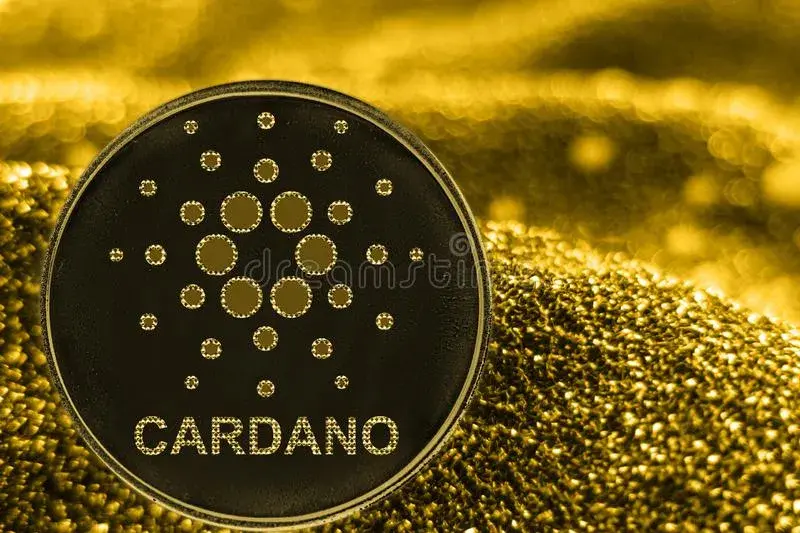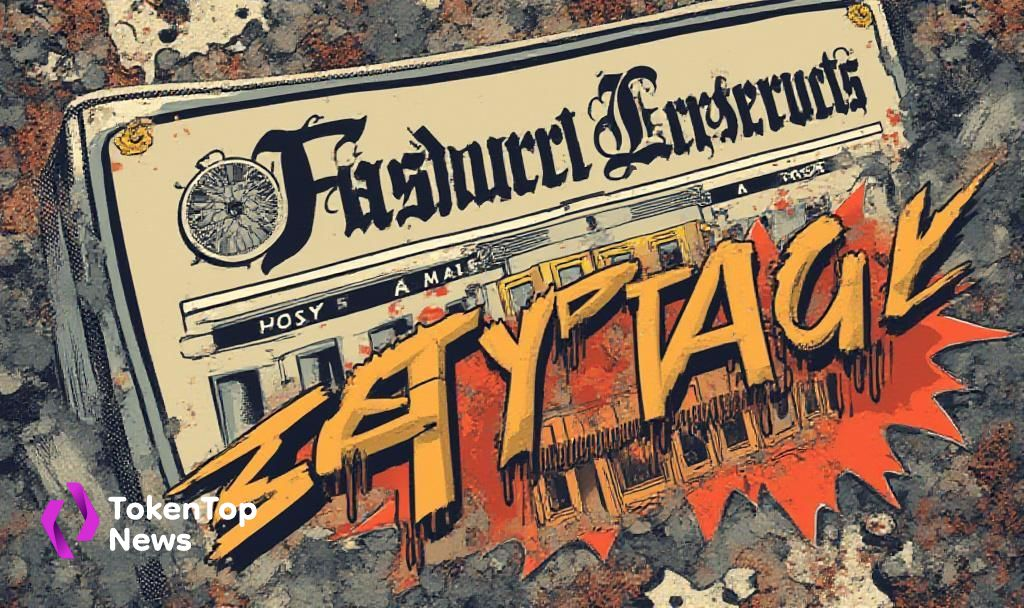Cardano significantly outperforms Polkadot and Avalance on key metrics

Not much is currently being heard from Cardano. However, the metrics show that Cardano is ahead of other PoS chains in many aspects. Blockchain expert Sooraj Ksaju drew attention to updates from Cardano last week. Voting on the Fund9 project catalyst has already begun.
Registered members with a valid AR code dated before August 4th can now cast their vote in the fund9 poll. Members registered after August 4th can only vote in the fund10 poll. The voting process takes place on how the Cardano community will allocate $16 million to different projects.
Voting starts on September 5th at 10am UTC and ends on September 19th at 3pm UTC. The voting results will be available by September 27th, while the first bounty will be awarded around October 15th.
Applying the L1 rating framework to Polkadot
As an emerging asset class in the 21st century, investment decisions in cryptocurrencies should not be based on hype or ever-changing narratives. Recent events prove that in order to properly value a crypto project, decisions must be made based on metrics and baseline data.
Security, scalability and decentralization are essential criteria for a well-founded evaluation. 47 percent of Polkadot’s initial token distribution went to insiders and the foundation. In contrast, initial token distribution to insiders is higher in layer one chains like Cardano and Ethereum.
Ethereum and Cardano, for example, have almost 80 percent of their tokens distributed through a public safe. However, Polkadot had a higher overall allocation than Solana and Avalanche. Polkadot’s public allocation is 53 percent, higher than Solana’s 1 percent and Avalanche’s 16 percent. Therefore, the decentralization and fairness of Polkadot’s initial token distribution falls between those of Avalanche and Cardano.
Polkadot has a stake rate of 52.4 percent and over 33,500 deployed wallets. This reflects the relatively low degree of decentralization. Polkadot’s count of validators is relatively small at 998 compared to Cardano’s count of 3,100 validators. Regardless of how much throughput Polkadot generates, fees are permanently capped by a parachain’s throughput capacity, which currently ranges from 1,000 to 1,500 TPS.
Polkadot achieves this high throughput capacity because it processes transactions simultaneously using multiple chains. Cardano and pre-upgrade Ethereum, on the other hand, achieve 7 to 8 TPS and 13.4 TPS respectively. However, compared to Polkadot, Cardano has a higher number of validators and a higher degree of decentralization.
Cardano is less prone to DDoS attacks because it has a highly decentralized and distributed network. Compared to Polkadot, Cardano has low hardware requirements and small full node size to support its decentralization. This reflects the high number of stake pools and users running full nodes.
Earlier this year, Cardano announced more than ten ways to scale. Industry analysts expect Cardano developers to include these improvements in the upcoming Vasil upgrade later this month. Many believe that Cardano can become the best all-in-one blockchain solution. They anticipate that its infrastructure and functionality-based operations will be more resilient and sustainable over the long term.




